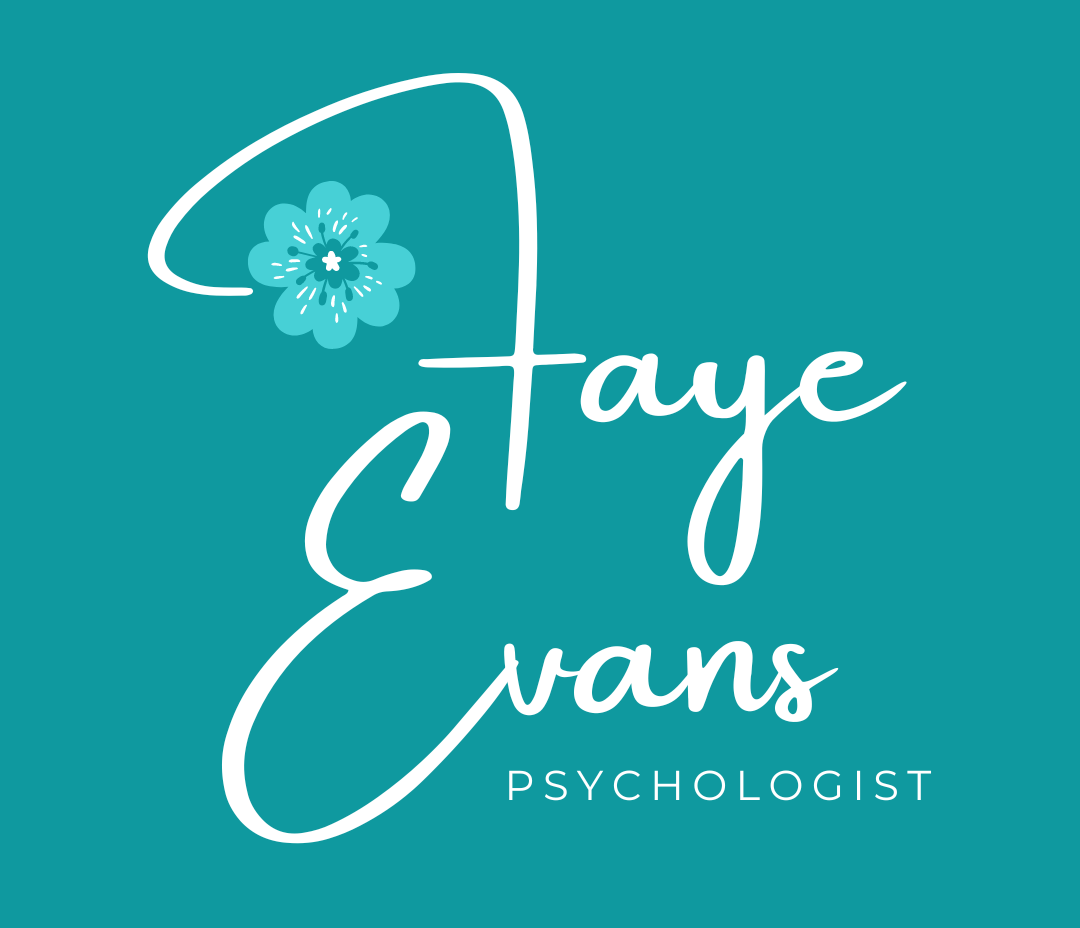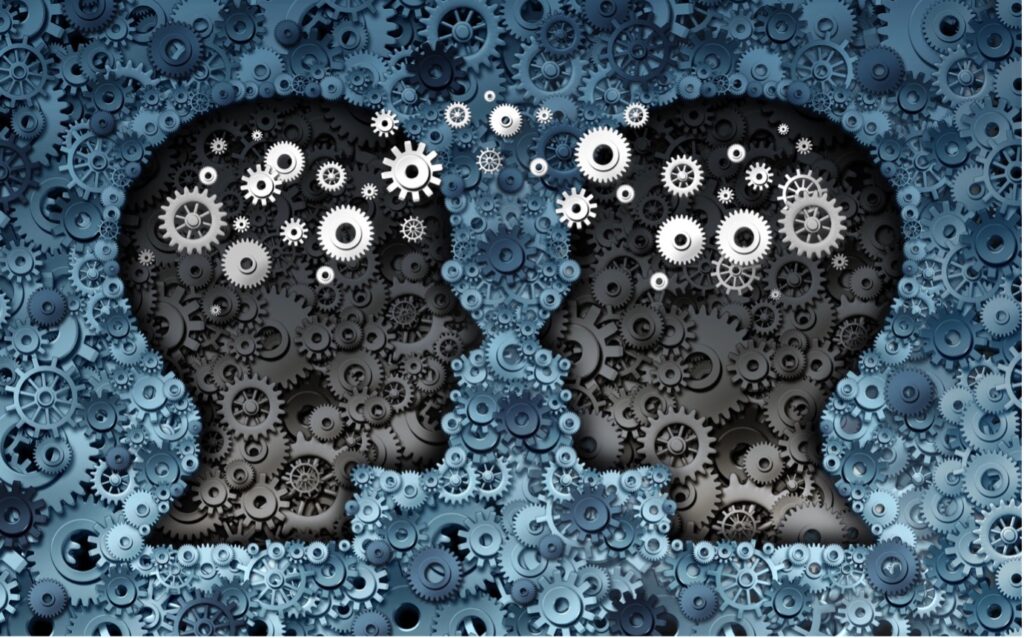For decades, healing has been seen either as a scientific pursuit or a spiritual one, as if the body and soul exist in separate realms, each needing its own language, expert, and path. But what if true transformation isn’t about choosing one over the other, but about blending them together?
Welcome to the future of healing, a space where neuroscience meets soul, where the rhythm of your breath tells stories of survival, and where your nervous system becomes both the compass and the companion on your journey towards wholeness.
The Wisdom of the Body
Our nervous system is more than a network of wires firing between the brain and body; it is the sacred bridge connecting sensation and story, between physiology and psychology. Neuroscience has demonstrated that we are constantly scanning the world for cues of safety or danger, a process known as neuroception, as described by Dr. Stephen Porges in his Polyvagal Theory.
According to this theory, the vagus nerve, a wandering nerve that extends from the brainstem through the heart, lungs, and gut, is a key player in regulating how we respond to stress, connect with others, and find safety. It forms the biological basis for our ability to co-regulate, rest, feel, and heal.
Yet, the vagus nerve doesn’t just carry impulses; it transmits messages. And sometimes, what it transmits are the silent echoes of trauma, the inherited imprints of disconnection, the patterns we can’t think our way out of. That’s where soul comes in.
Listening Beyond the Science
Healing isn’t just about rewiring the brain; it’s about recalling who we are beneath the noise of survival. The future of healing encourages us to combine the precision of neuroscience with the intuitive knowing that resides deep in the heart and gut. It urges us to move beyond merely managing symptoms and into sacred attunement, to ourselves, to others, and to something greater.
In polyvagal-informed therapy, we start with the body. We build safety first—through breath, through voice, through presence. We learn to notice when we’re stuck in sympathetic overdrive (fight/flight) or dorsal shutdown (freeze/fawn). But we don’t stop at regulation. We gently inquire: What is the soul whispering beneath this pattern? What unmet need longs to be held?
This is where healing becomes holy.
The Portal of Co-Regulation
We are not meant to heal alone. One of the most powerful teachings of polyvagal theory is the importance of co-regulation, the process of becoming calm and connected in the presence of another’s regulated nervous system. When we sit with a therapist, a friend, or even a wise elder whose presence feels grounding, our body remembers a truth we may have forgotten: I am safe now. I belong.
But co-regulation also goes beyond human contact. Many clients tell me they feel deeply soothed by the ocean, the rustling of eucalyptus trees, or a poem that speaks to their pain. These can also serve as portals to co-regulation, through which the soul connects with the world via patterns that are timeless and profoundly human.
When we allow ourselves to receive this regulation, through breath, rhythm, and relationship, we invite healing not just at the level of mind, but at the level of spirit.
The Soul as a Compass
There is an intelligence within each of us that knows the way home. I call this the inner wise self, the part of us that isn’t broken by trauma, isn’t dimmed by burnout, isn’t erased by anxiety. This self speaks in images, in longings, in dreams. It can’t be reached through cognitive insight alone. It must be felt. Embodied. Remembered.
Neuroscience provides us with the tools to access this state: practices that calm the nervous system, restore neuroplasticity, and open new pathways for integration. But it is the soul that reveals why we are healing. It is the soul that gives meaning to the process.
When clients start to feel safe enough in their bodies to explore their inner world, they often rediscover buried parts of themselves: the artist, the wild child, the protector, the nurturer. They no longer see healing as fixing what is wrong, but as reclaiming what was lost.
This, to me, is the sacred work.
A New Healing Paradigm
As we enter this new era of healing, we are being called to hold both the science and the sacred, the body and the breath, the data and the divine. It is no longer enough to treat symptoms. People are craving depth, connection, and transformation that goes to the roots.
Being a healer today means being bilingual, speaking both the language of the nervous system and that of the soul. It involves recognising trauma as not only a neurobiological event but also a spiritual rupture. Most importantly, it means creating spaces where people can sit with their pain in a way that brings them back to themselves, rather than pushing them further away.
The Invitation
If you’re reading this and feel like something inside you is stirring, perhaps a knowing, maybe a longing, you’re not alone. You are already on the journey. Every time you pause to breathe, every time you relax your shoulders, every time you acknowledge that this matters, you are choosing to heal in a way that is both embodied and expansive.
Because the future of healing isn’t just a method.
It’s a remembering.
Of who we are.
And who we’re here to become.
References:
Ogden, P., & Fisher, J. (2015). Sensorimotor Psychotherapy: Interventions for Trauma and Attachment. Norton.
Porges, S. W. (2011). The Polyvagal Theory: Neurophysiological Foundations of Emotions, Attachment, Communication, and Self-Regulation. W. W. Norton & Company.
Dana, D. (2018). The Polyvagal Theory in Therapy: Engaging the Rhythm of Regulation. W. W. Norton & Company.
Siegel, D. J. (2020). The Developing Mind: How Relationships and the Brain Interact to Shape Who We Are (3rd ed.). Guilford Press.

